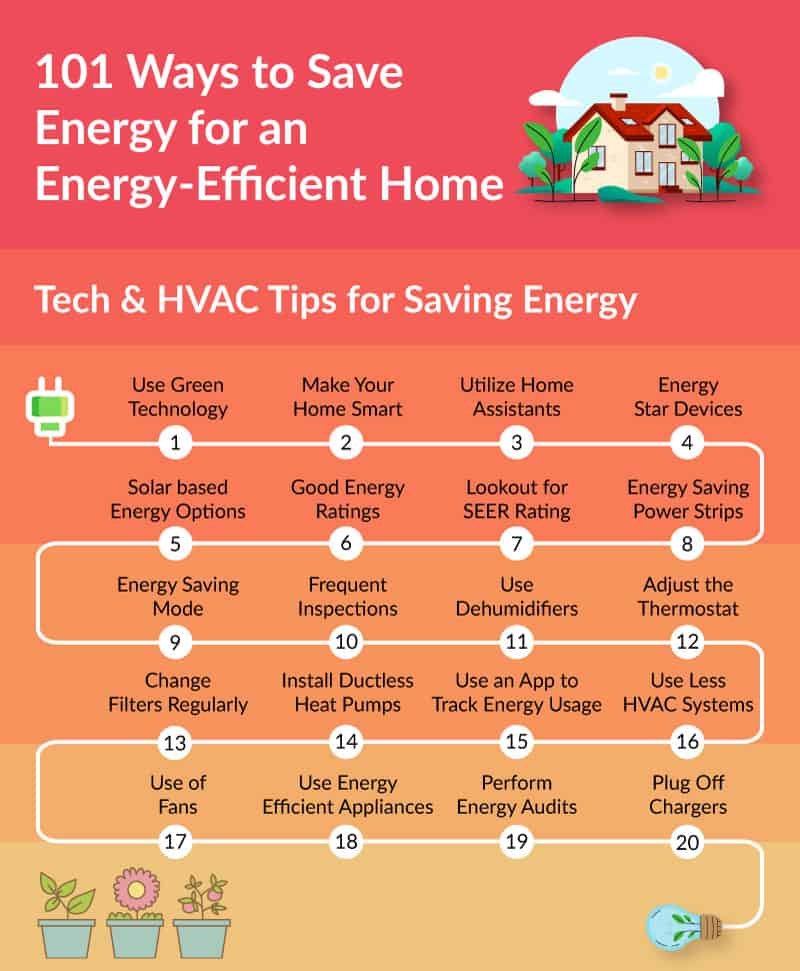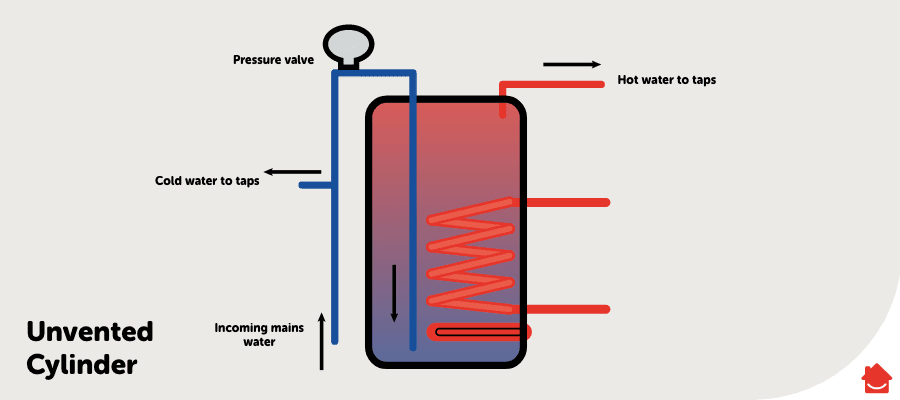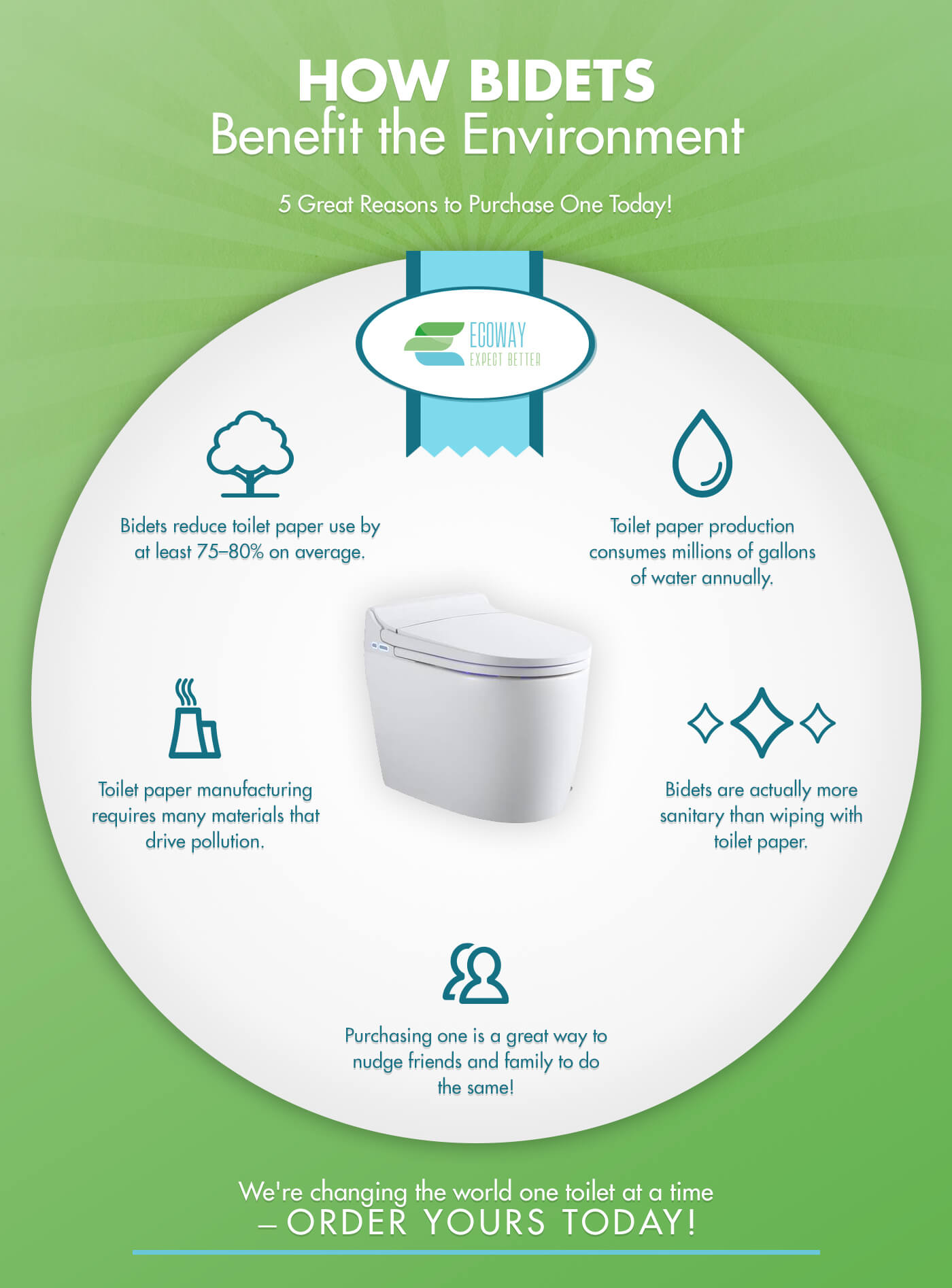Over the last few years, the UK and the USA have seen some of the harshest winters on record, with a 1% drop in the US stock exchange last year attributed to the extreme weather, according to the Guardian. As a result, many homeowners have become concerned about keeping warm when trapped indoors, without spending extra on energy and contributing to fossil fuel use. Fortunately, there are several eco-friendly methods of home insulation available, and the UK government offers grants with which to invest in green insulation.
Double Glazing
Single glazed windows are one of the most common reasons for internal heat loss. In addition to being more fragile than double glazed windows, single glazed windows allow heat and noise to escape, reducing the energy efficiency of your home. The Energy Saving Trust explain that double glazed windows “have two sheet of glass with a gap in between,” instead of one single sheet, which “creates an insulating barrier that keeps heat in.” Renters who are concerned about heat loss should advise their Landlord to install double glazing, while homeowners can easily and affordably purchase double glazed windows and doors.
Wrap Up Your Walls
While extra blankets are a fantastic way of keeping yourself warm and cozy, consider putting insulating jackets around your hot water cylinder and your attic in order to minimise lost heat. Southern Electric report that “up to 25% of the heat in your home is lost through the roof, and 35% through the walls,” so plugging the space is a must. How you can go about this depends on the style of your house, when it was built, and the size of your house – if you are unsure on any of these, call in a professional to do the hard work. The cheapest material to insulate these areas with is fibreglass, although this is high-energy to make and loses effectiveness over time. However, there are green alternatives including Thermafleece, made from sheeps’ wool, and Warmcel, made from recycled newspapers.
Layer Up
Short of major DIY projects like installing solar panels to heat your home, there are other small ways for you to add extra insulation if your home is still feeling chilly. Textiles are the most affordable way to add insulation: consider laying down some pretty rugs if you have hardwood or tiled floors, invest in thick thermal curtains (and make sure you close them at night), and place draught excluders at the bottom of doors to stop any cold air sneaking in. Be tactical with your spaces – be sure to rearrange any furniture that may be blocking radiators, and enjoy the flow of heat.





